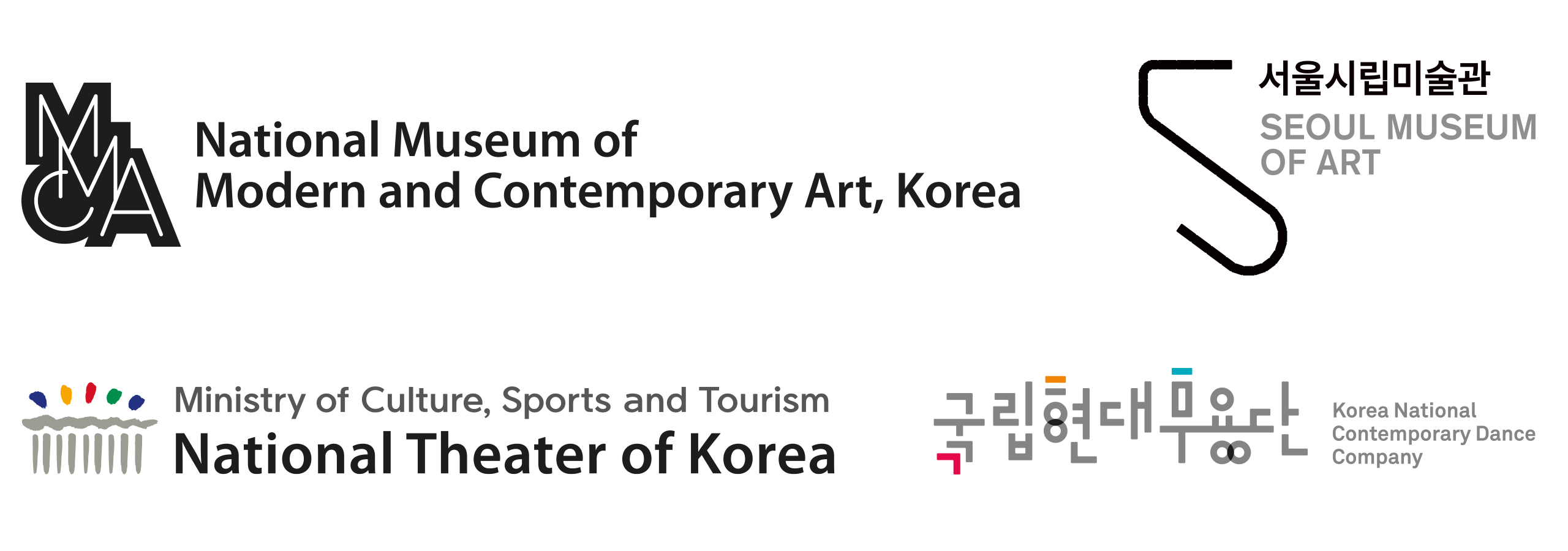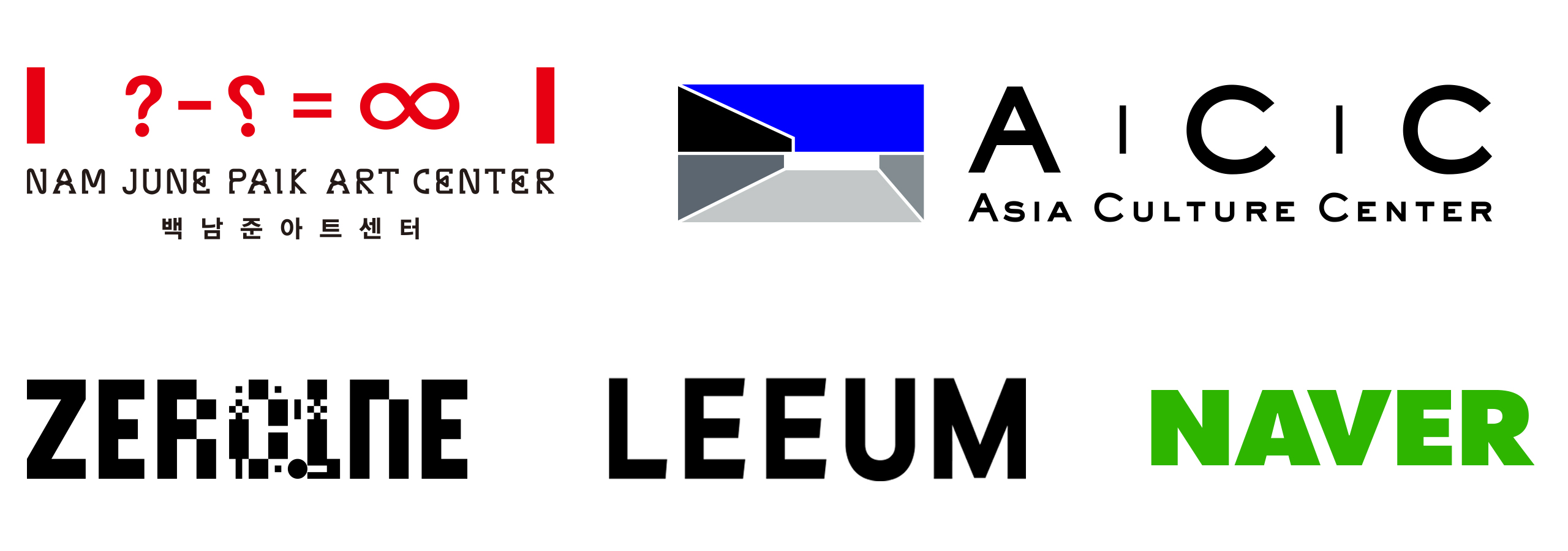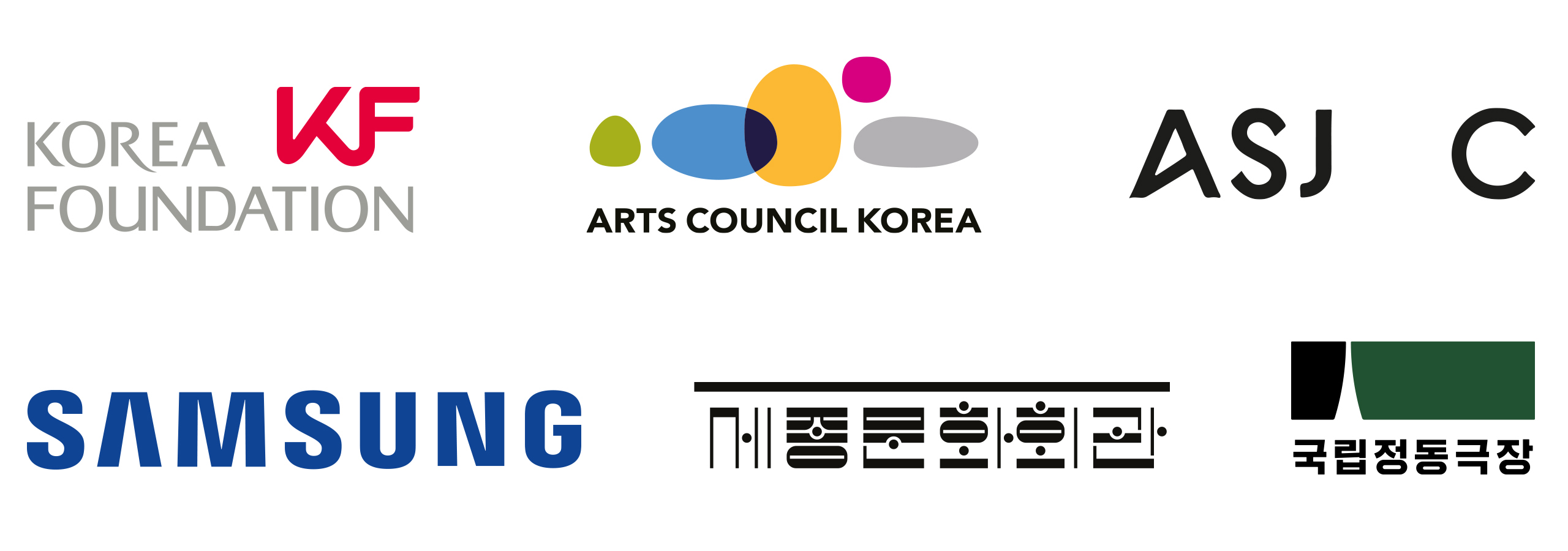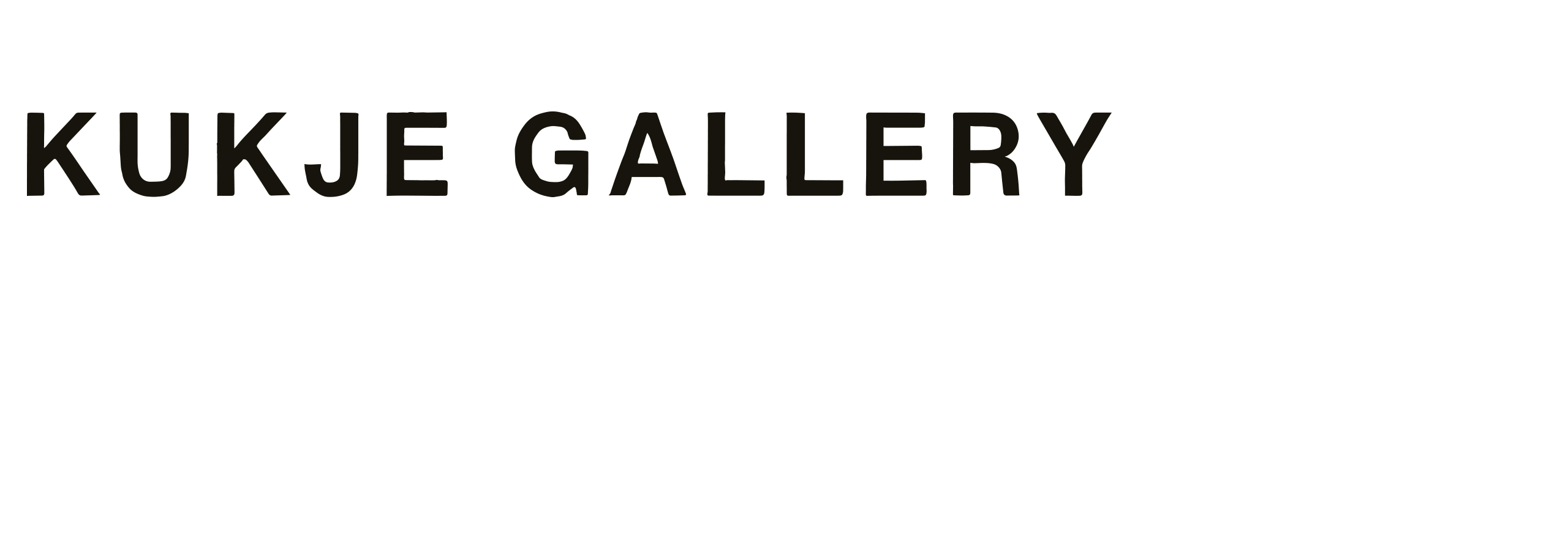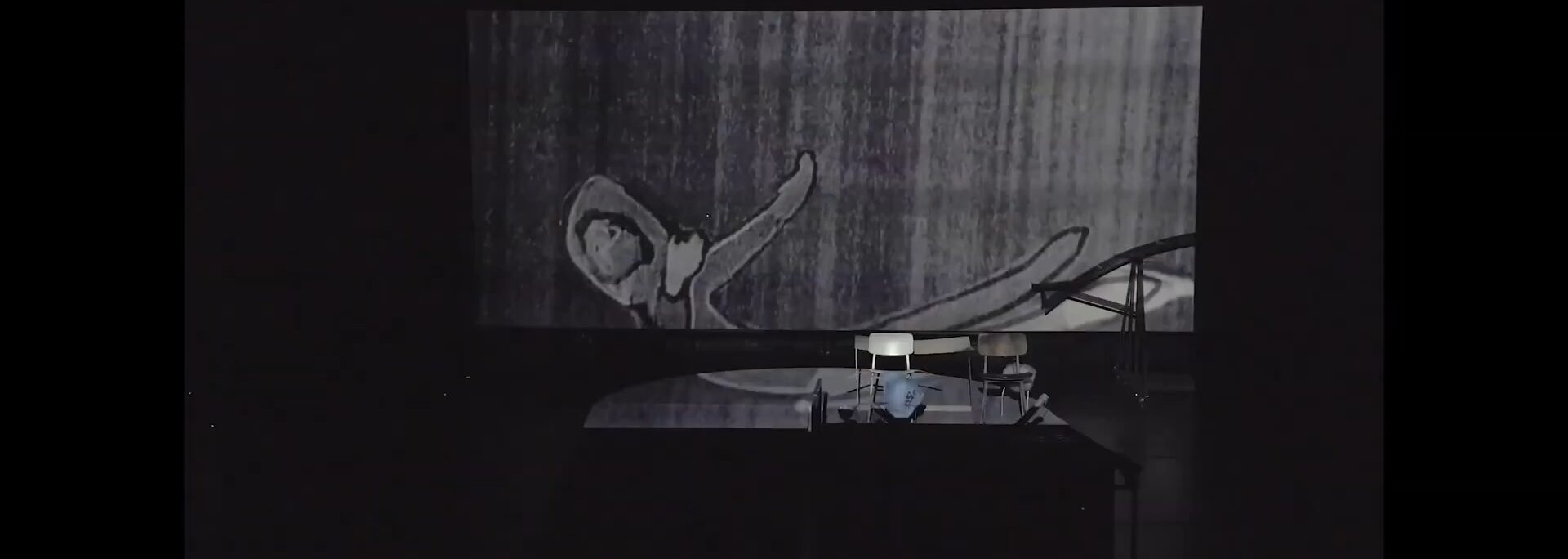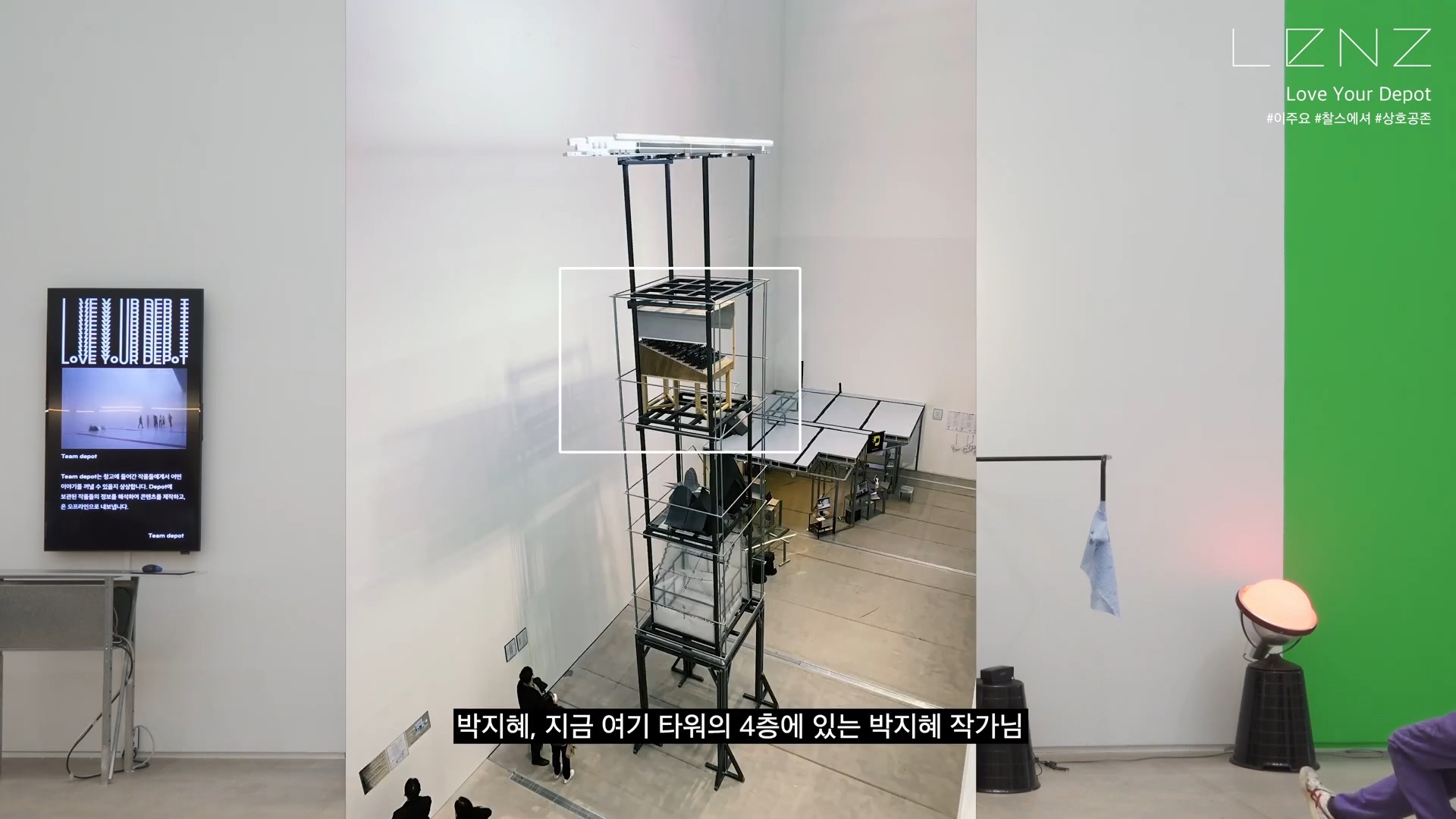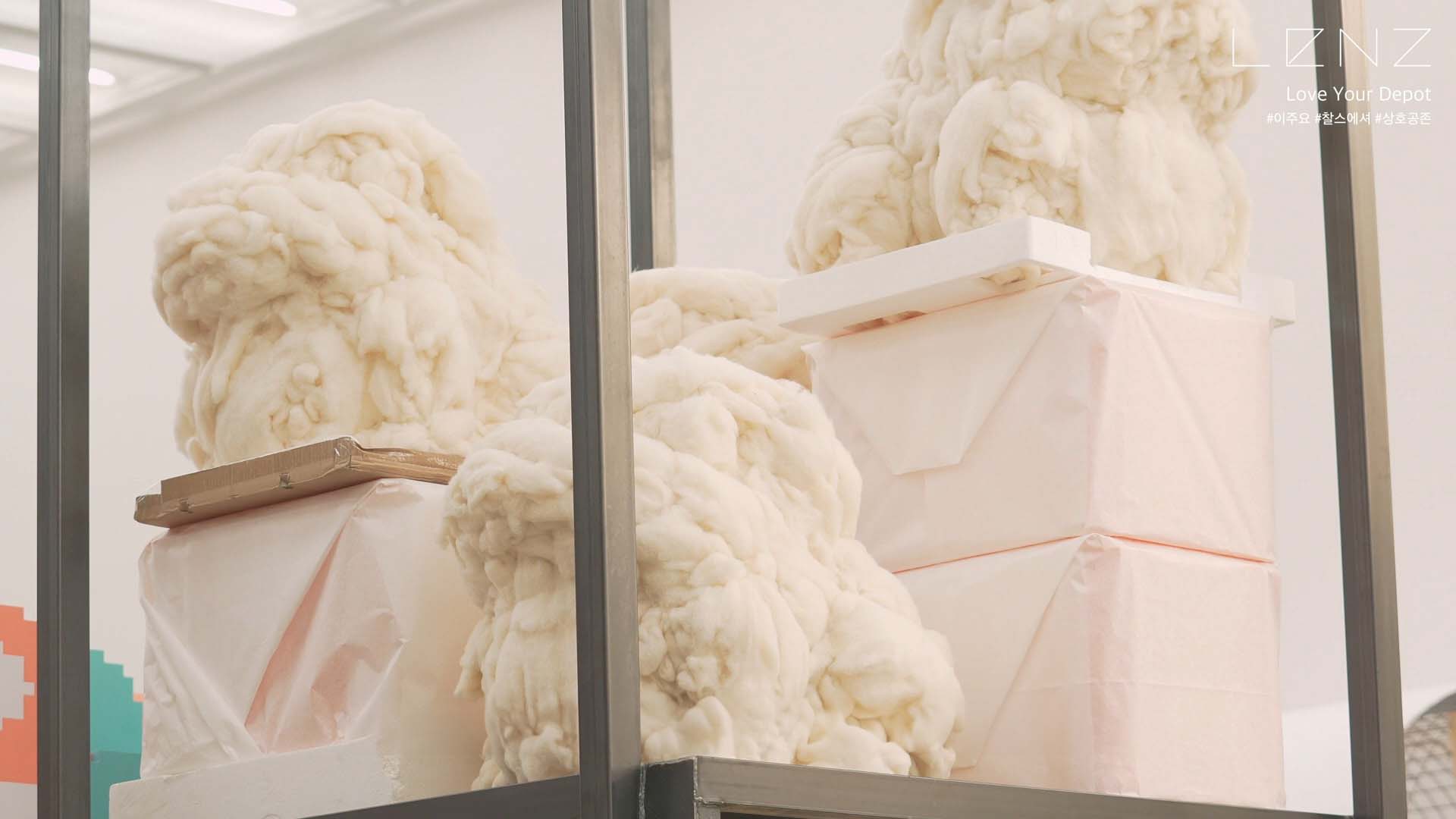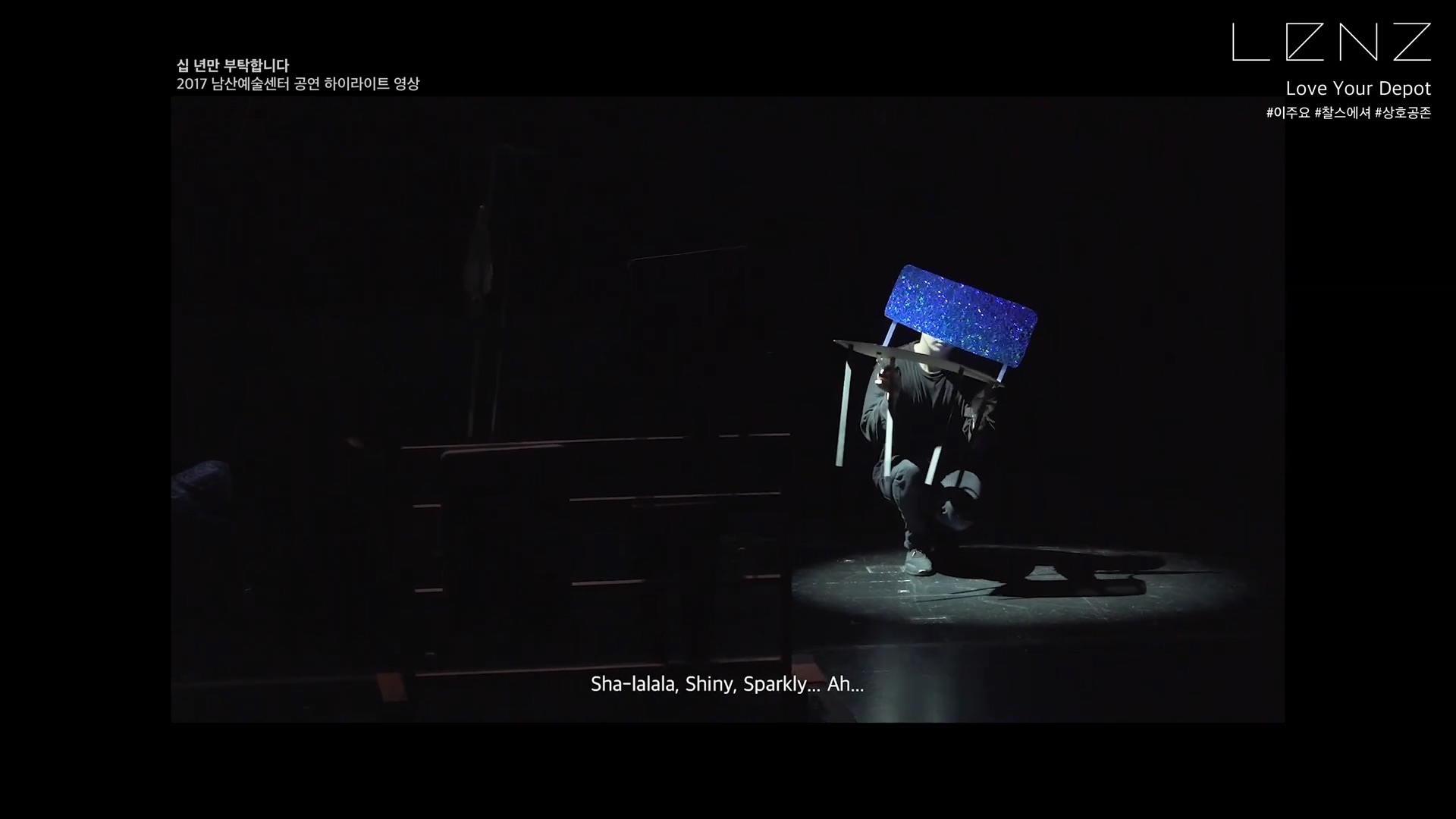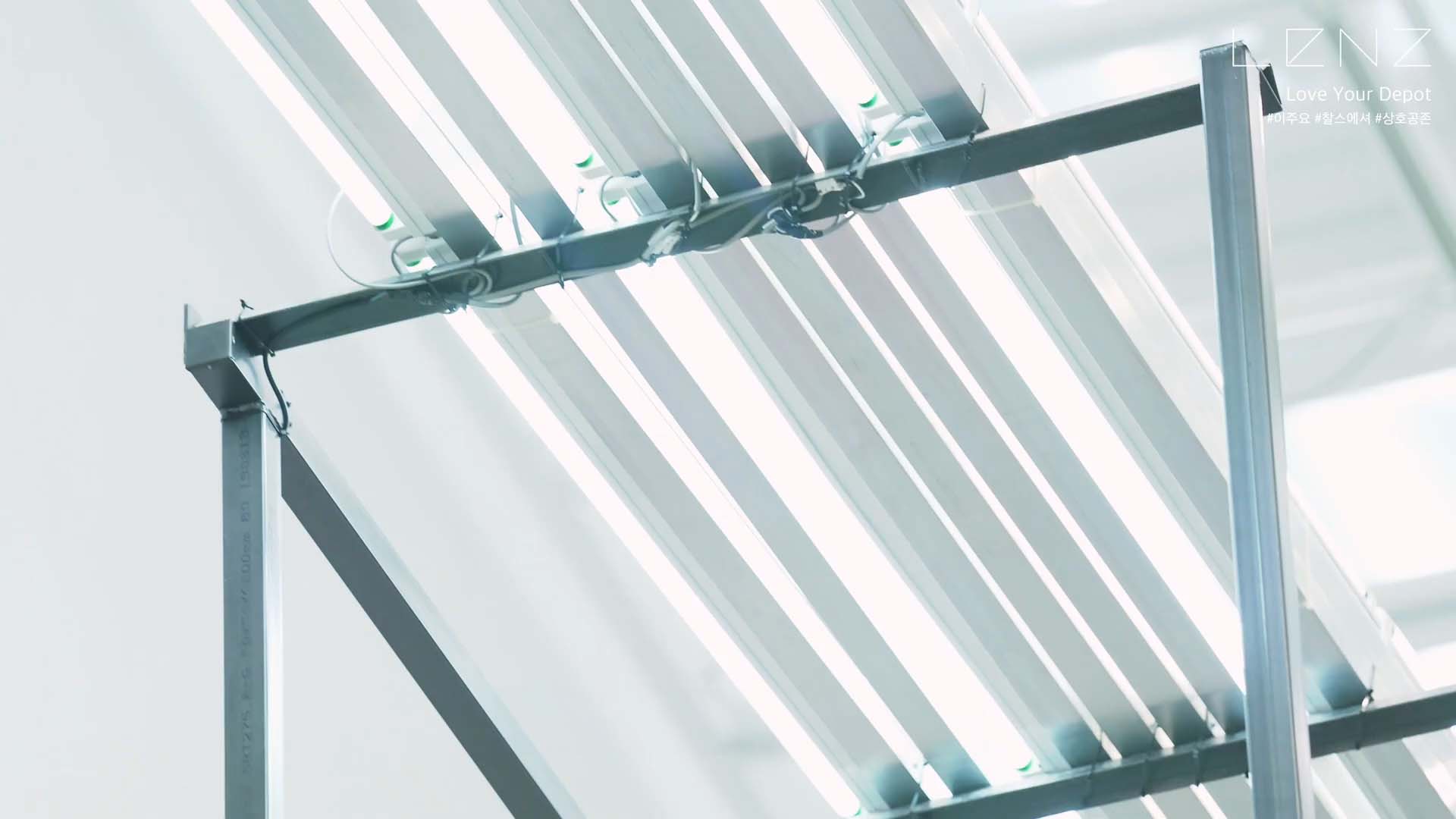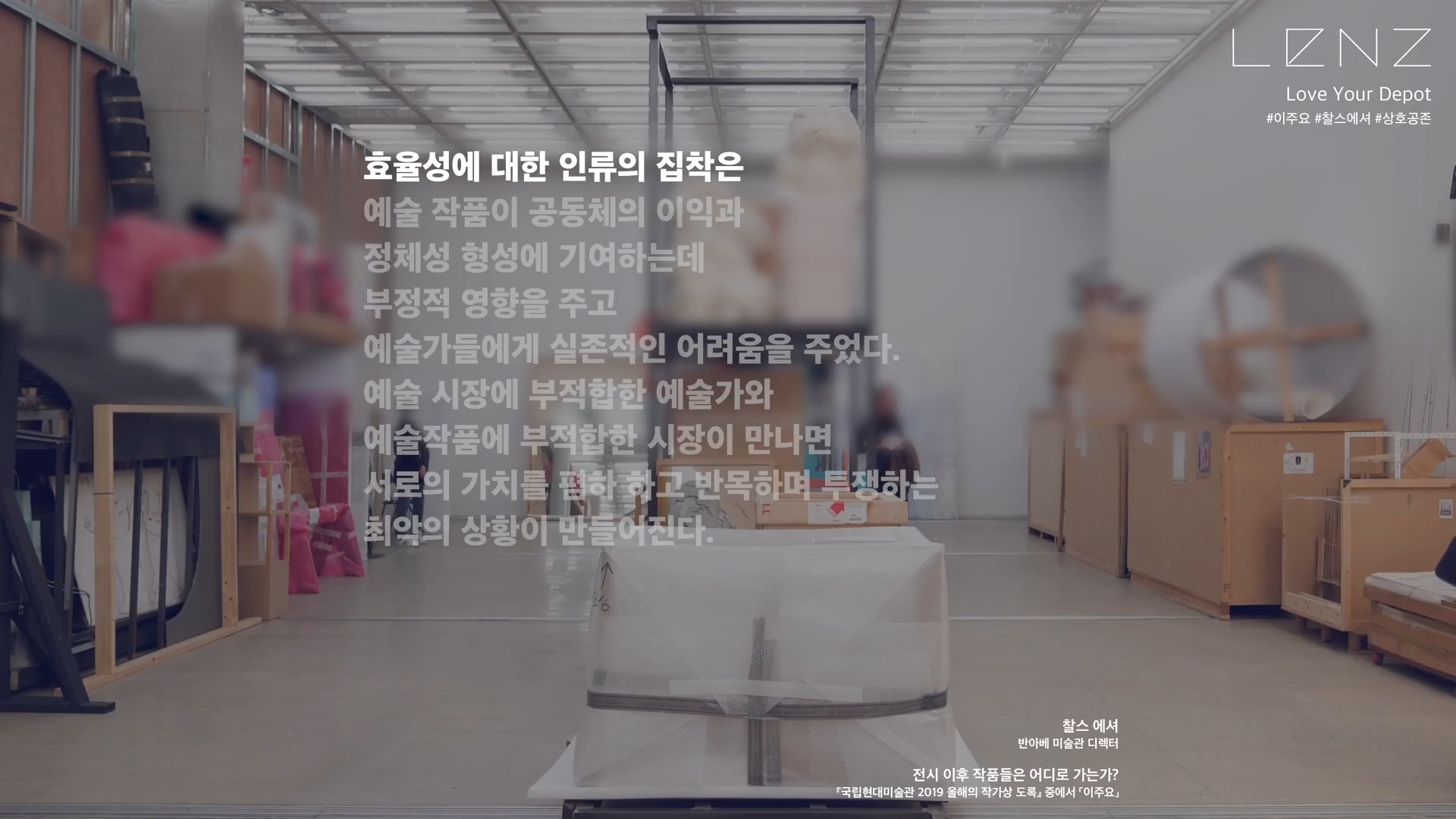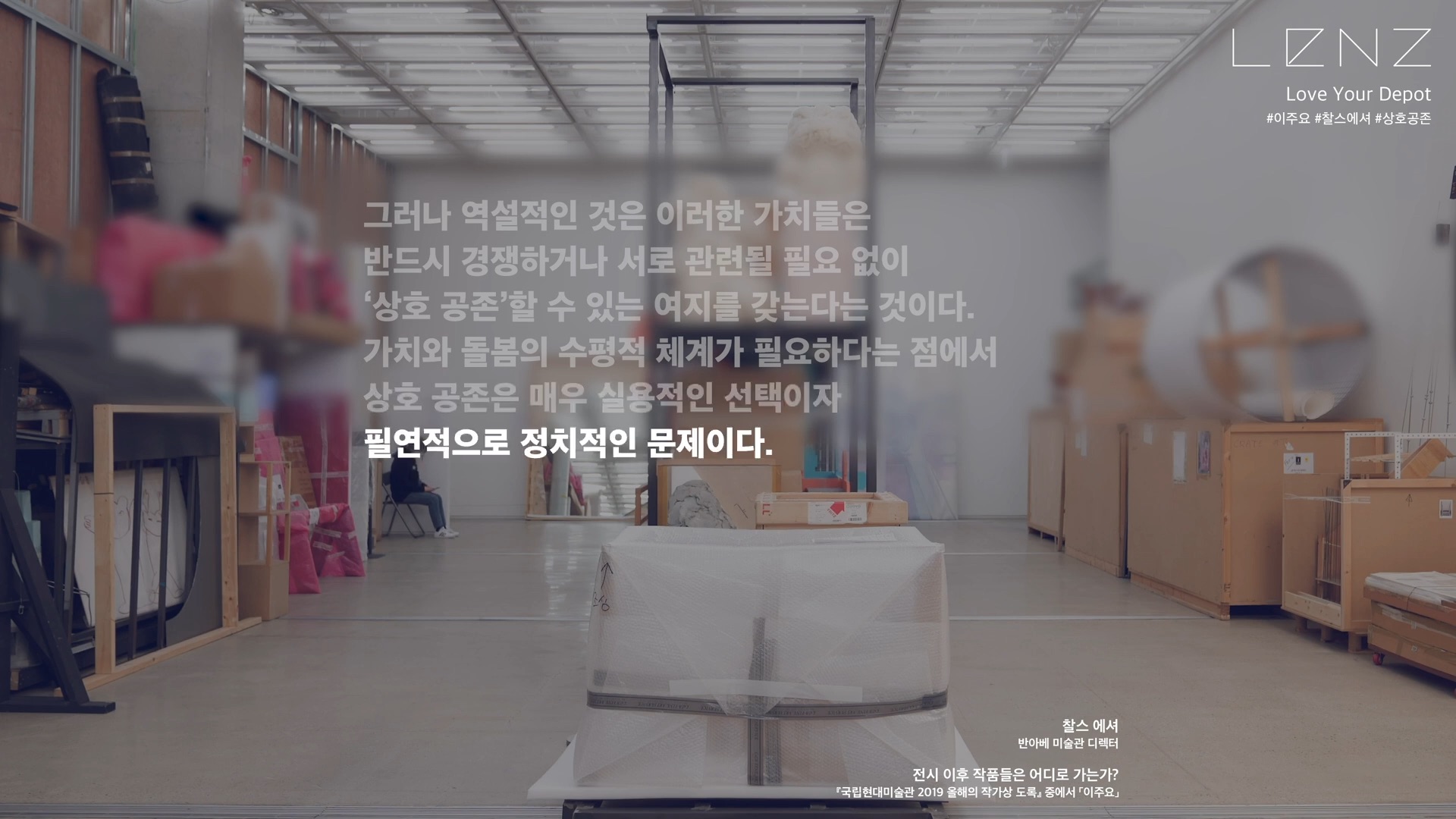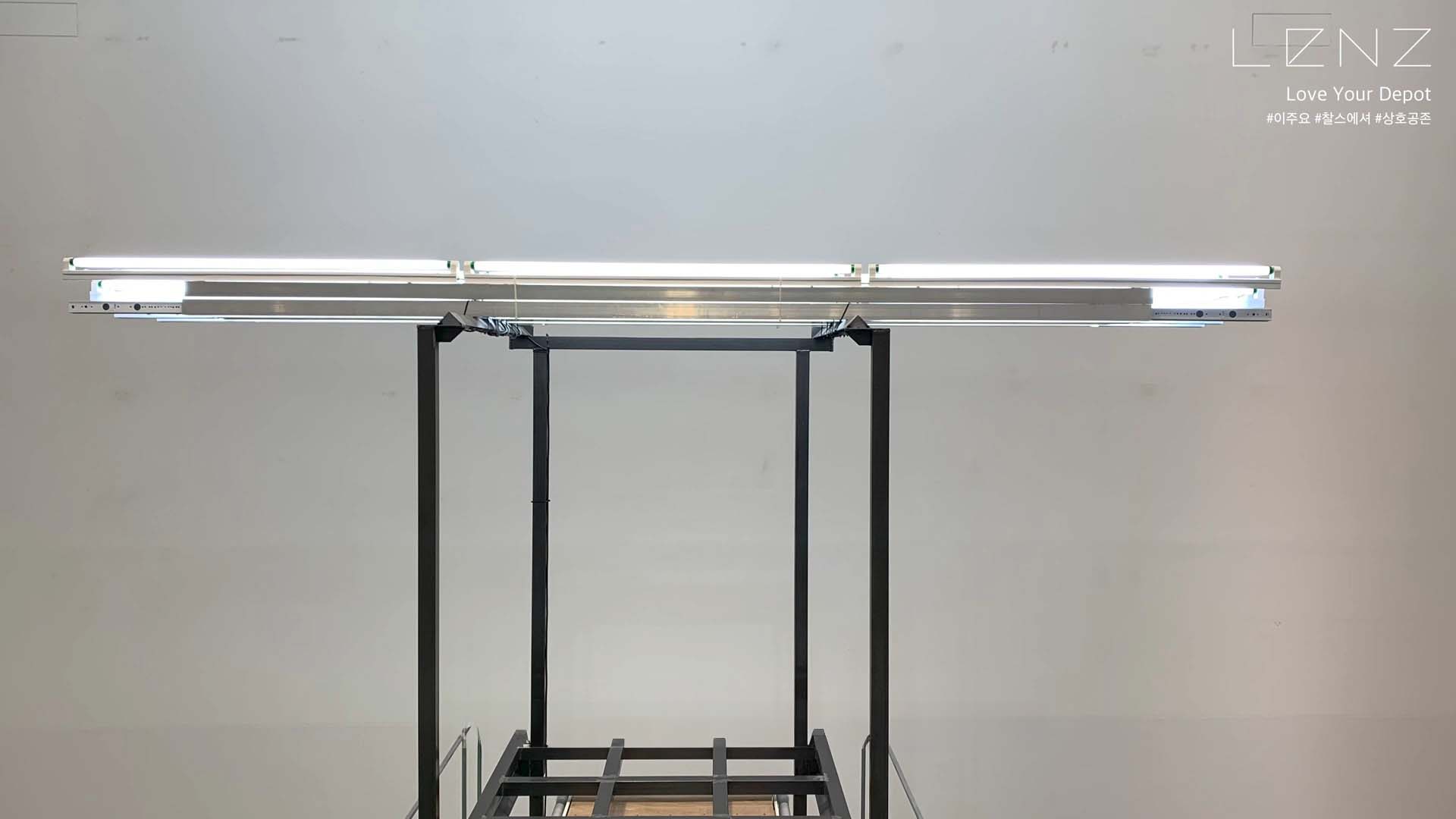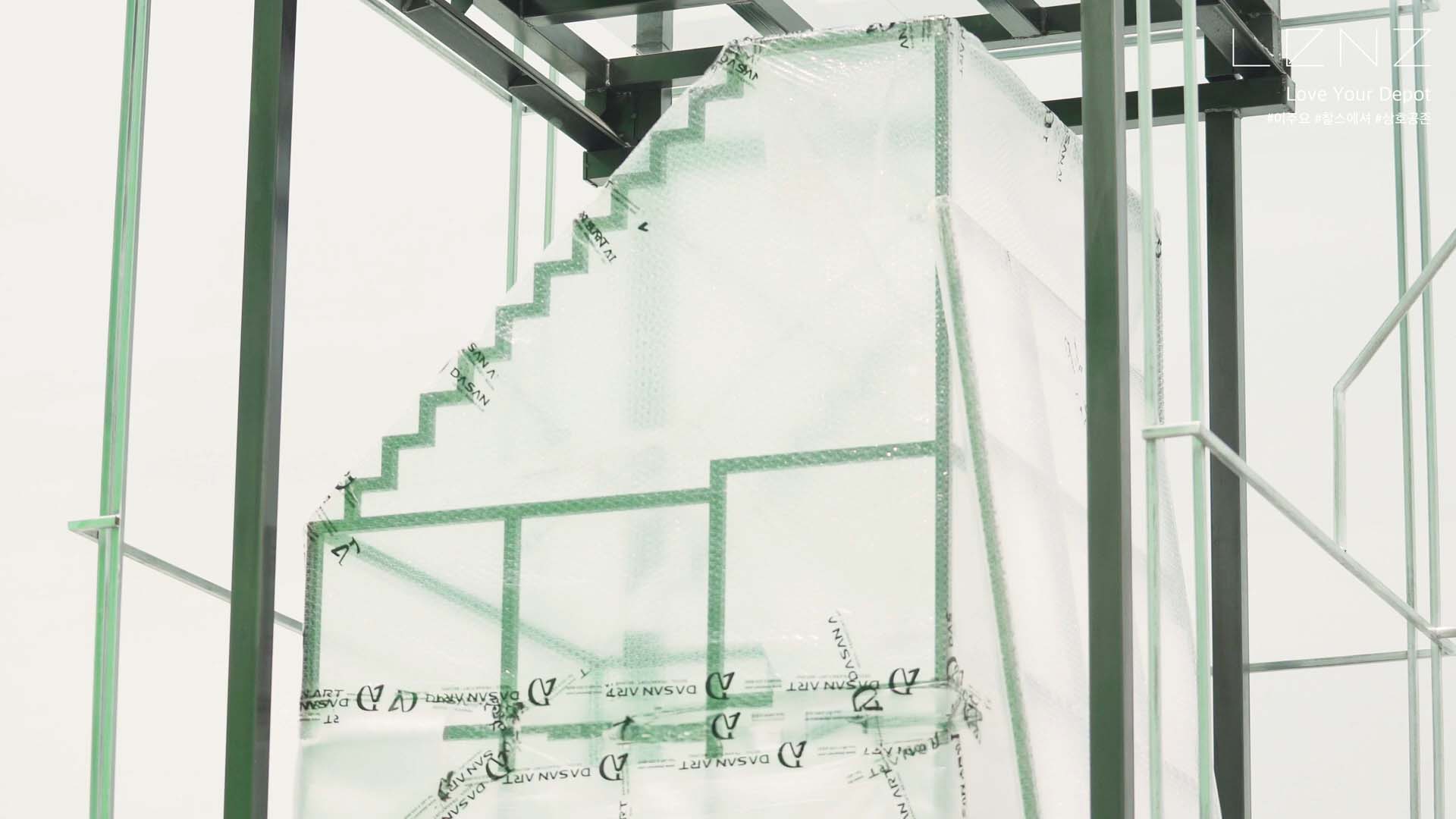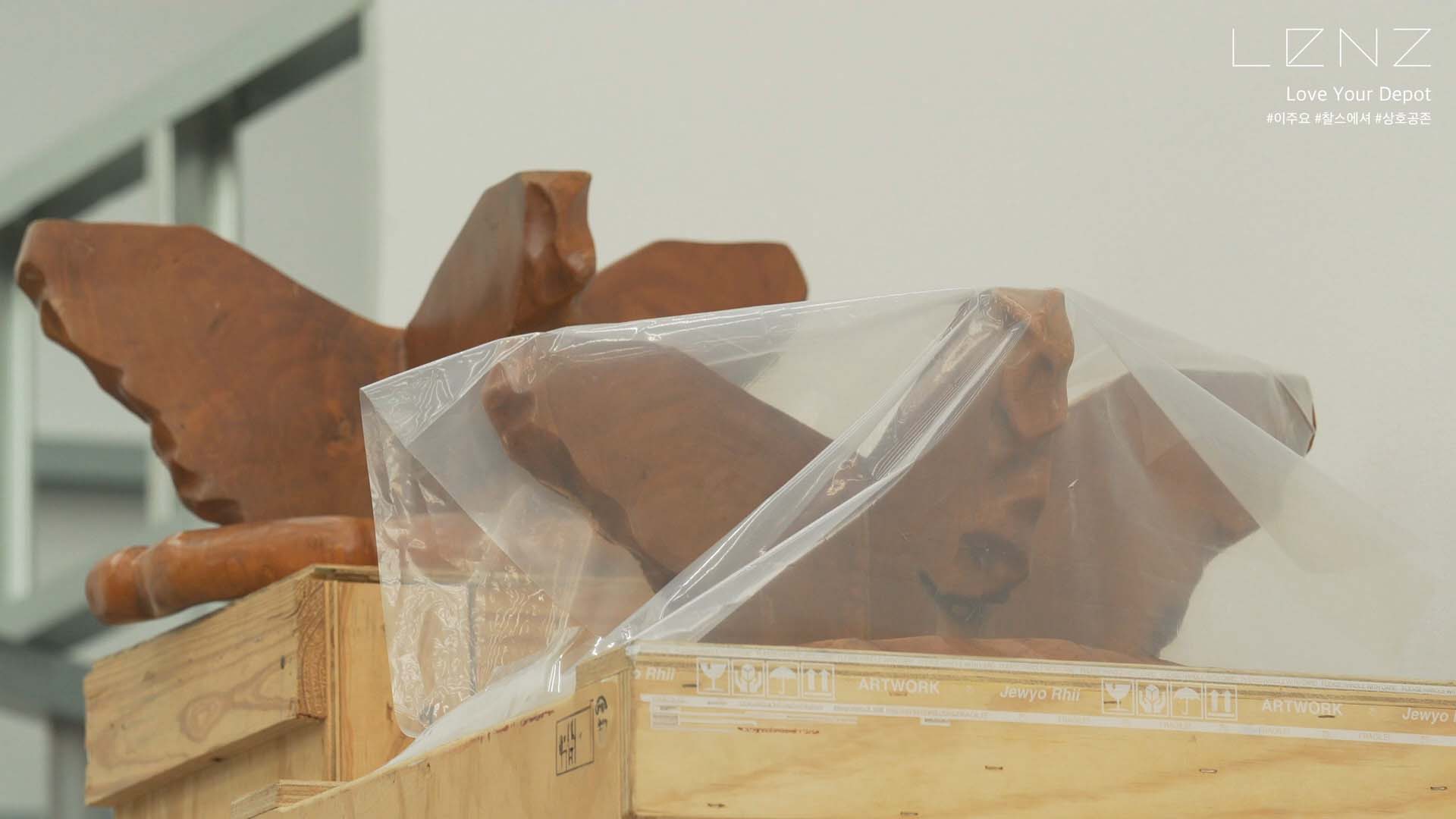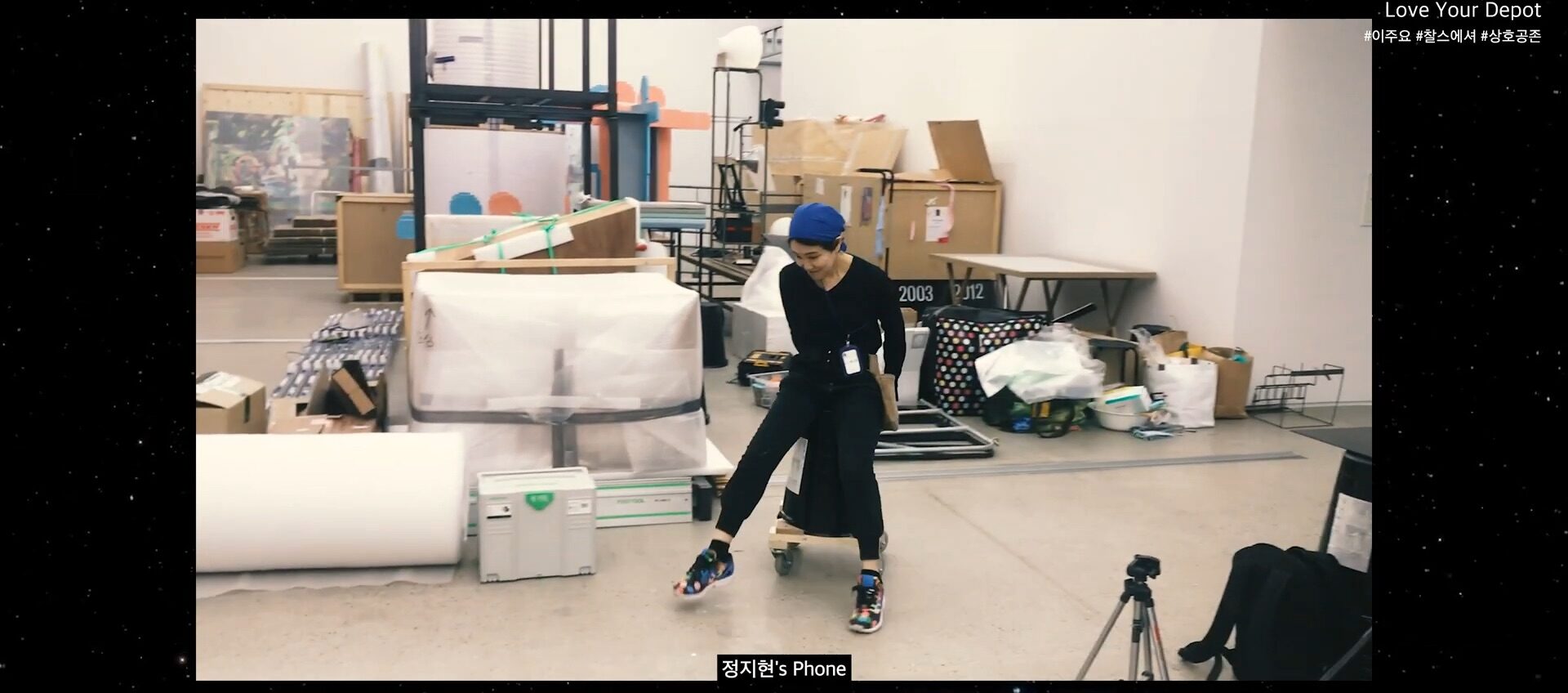MeeJee Lee: There might be a question from the audience about what happens to the artwork after the exhibition ends. Most people may think that after viewing the exhibition, the artwork just goes back to the artist’s studio for storage. However, storing artwork is a different process from what you’re referring to as “care.” What’s the difference, do you think? Does “Love Your Depot” involve more than just storing the artwork?
Jewyo Rhii: The care involved in Love Your Depot is really important when it comes to appreciation. Even while taking care of the artwork, the audience will have opportunities to engage with it. That’s the key difference. If the artist’s work is simply packed and stored without interaction, it doesn’t create that kind of connection. To make that happen, you need a lot of people. People need to talk about it, share their thoughts, and make sure the message is conveyed.
MeeJee Lee: How about you, Ji-hyun? You’ve been observing the process of this work continuously and engaging in conversations along the way. What was your take?
Jeong Ji-hyun: Well, for me, this exhibition was an idea I heard about, and of course, I gave some advice, like a mentor, saying “maybe it could be like this,” but I didn’t directly participate in the execution. I only helped with technical aspects, like the welding. So, I didn’t directly contribute much, but when I saw the final result, I was impressed by how it all turned out.
Jewyo Rhii: Actually, there was one thing. I had planned to build the tower up to the 4th floor, but Ji-hyun said, “Let’s add one more level!” She really pushed me to do it, saying, “Let’s raise it one more time!”
MeeJee Lee: That’s an important part, isn’t it? The “Five Tower Storage”!
Jewyo Rhii: I was a little hesitant at first, but she kept encouraging me.
Jeong Ji-hyun: I wanted to make it feel like the Turbine Hall at Tate Modern. That was my wish.
Jewyo Rhii: She kept saying that, and I started to feel, “Could it really work?” It made a big impact on me.
Jeong Ji-hyun: I think there’s something interesting about the idea of experiencing art outside of a traditional gallery setting. It might feel abstract to some, but what’s exciting is that in this exhibition, we can see the back side of the canvas. You can see the artist’s signature, and you can observe how sculptures are stored, what kind of box they are in. Most people don’t get to see this. For artists, seeing how other artists store their work—what kind of material they use to cover their canvas—is fascinating. But this is more than just showcasing a concept. There’s actually a practical possibility here. Love Your Depot is not just a “storage concept”; it’s a model that functions, a real working possibility.
One of the things I think is important is Team Depot. They interpret and research the works stored here and create new outputs. This model shows that art can be discussed in ways beyond just exhibitions and critiques. It could be enriched through writing, discussions, and even other forms of expression. This is a place where ideas can evolve in a more liberal, open space, as opposed to the rigidness of a traditional white cube gallery.
Usually, when artists keep their work, they store it in their room or studio, and eventually, it moves to their parent’s house or a storage space. It follows a pretty predictable route: dust accumulates, and eventually, it’s thrown away. The process of holding on to artwork—deciding when to part with it—is a sort of grace period. What Love Your Depot offers is the possibility of showing that grace period in a different way, giving room for artwork that hasn’t yet been judged or valued. It’s a space where that judgment doesn’t begin or end. I think it’s a valuable concept.
MeeJee Lee: I agree, this is really important. Charles Esche also mentioned something similar in his writing. Let’s hear that part for a moment.


